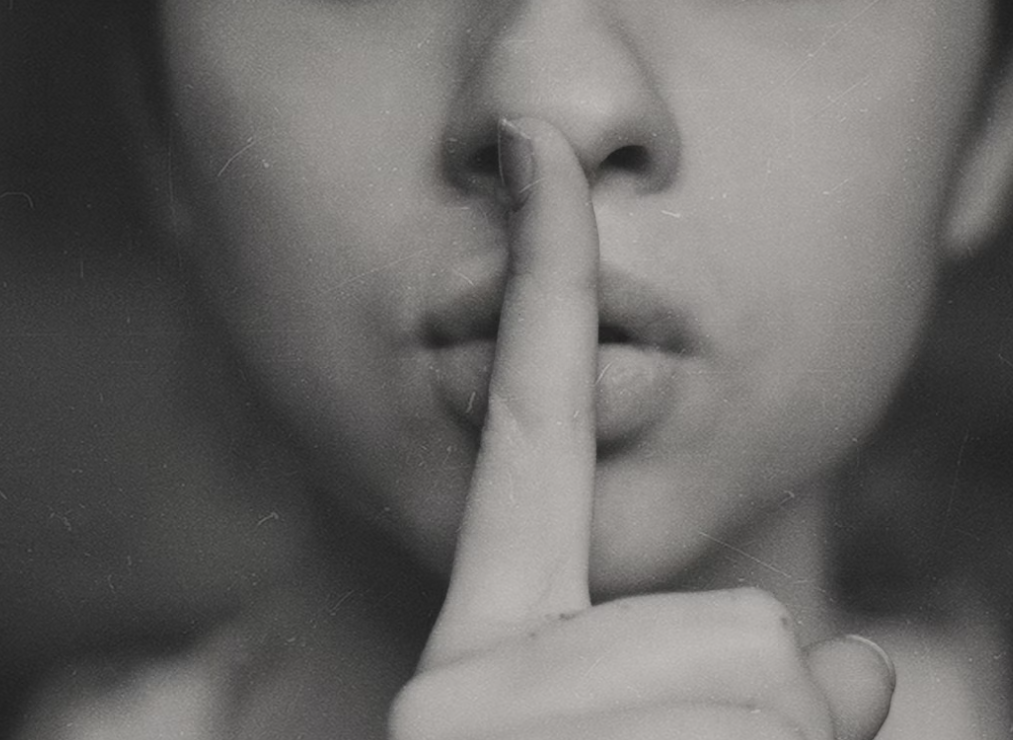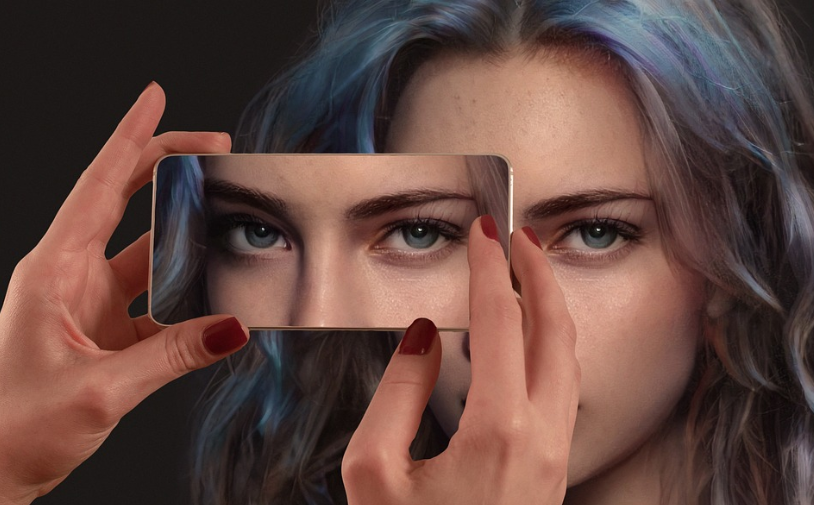Visualization Relaxation
Learn how to use your senses while practicing visualization to relax.

Selfpause Affirmation App
Download the app to get 1,000’s of affirmation meditations and everything you need to write, record and listen to your own.
Visualization relaxation is a practice that involves the use of all your senses. It helps you to engage all of them to focus on a scene that is calm, peaceful, or a calm memory. You can even use real or imaginary locations and scenes, or any combination. You can also use shapes, colors, and textures to describe pain and tension.
Guided imagery

Guided imagery is a mind-body intervention where a trained practitioner helps a patient generate mental images. The images are created by simulating sensory perception. They help relieve stress and increase relaxation. The process is particularly effective for a variety of conditions, from migraine headaches to insomnia.
To practice guided imagery, the person needs to be in a quiet room with minimal distractions. A bathroom can be convenient, as long as there is no one around to disturb the session. Then, the individual closes their eyes and takes deep breaths to relax. Then, they imagine a relaxing scene. The practice can continue for as long as needed. In addition to being beneficial for reducing stress, guided imagery also helps reduce anxiety and helps with visualization.
Guided imagery is a mind-body intervention that involves using guided imagery to escape stressful situations. During this process, a trained practitioner helps the person create mental images that simulate sensory perception. For example, the person may visualize the beach with sea waves lapping against the shore. Another technique is to listen to an audio recording or a script to accompany the imagery.
Research has shown that guided imagery can relieve chronic stress, which has detrimental effects on the body and brain. This technique is effective for reducing short-term and long-term stress. It may even be effective in managing stress. Group studies conducted on this technique found that group participants who used guided imagery were significantly less stressed. Additionally, the participants had decreased cortisol levels in their saliva. The researchers also observed a decrease in the number of negative thoughts, which indicated that guided imagery may be helpful in reducing stress.
Guided imagery is not easy to master, and it may take some practice to improve your technique. However, it is a useful stress management technique that is safer than yoga or exercise. It does not come with risks of side effects, and it is accessible to everyone.
Progressive muscle relaxation

Progressive muscle relaxation is a great technique for relieving stress and muscle tension. Through this technique, you condition your body to understand the difference between tight and relaxed muscles. It can relieve a variety of problems including neck and back pain, anxiety, fatigue, and muscle spasms. It can also reduce overall tension and stress.
This technique involves repeating a series of visualizations. It is most effective when performed in a relaxed state. The session usually lasts 15 minutes and is typically conducted in the morning or at lunchtime. It is particularly beneficial for people who suffer from anxiety or stress. The session can be conducted in a variety of positions that promote muscle relaxation.
Before starting the visualization session, lie down on a soft surface. Concentrate on breathing deeply. Try to visualize your tension evaporating out of your body. While you’re doing this, focus on your right hand. Clench your fist, then bend your wrist. As you relax, notice how tight or lose the muscles are.
Visualization techniques are often referred to as guided imagery. They involve creating a mental image of a peaceful environment. Although you can practice guided imagery on its own, it is often combined with other relaxation techniques to make the experience more effective. This is because it helps associate the physical sensations of relaxation with the peaceful visual image.
Studies have shown that multiple forms of relaxation training can reduce stress and improve overall well-being. One study compared three commonly used methods of stress relaxation: progressive muscle relaxation, guided imagery, and deep breathing. The results showed that the three approaches resulted in significantly better relaxation.
Visualization meditation
Visualization meditation is a form of meditation that involves visualizing a goal. In this type of meditation, you imagine a positive outcome and then take steps to achieve it. You may use mental pictures to help you feel accomplished as you visualize the desired outcome. Once you have completed the visualization, you may begin to relax and re-enter the physical realm.
Begin the visualization exercise by lying down on a comfortable surface and focusing on your breathing. Next, imagine tense and relaxed muscle groups from your toes to your head. As you exhale, visualize the tension leaving your body and leaving you with a feeling of complete relaxation. This exercise will help you relax your entire body and calm your mind.
For a more advanced visualization exercise, you can choose a more involved object. You can also try using a voice actor to guide you through the process. better sleep, for instance, has guided imagery meditations. It’s important to make sure that your surroundings are quiet and distract-free.
Visualization meditation is a powerful way to increase motivation, boost self-efficacy, improve motor performance, and prime the brain for success. This type of meditation can be done from a meditation pillow or chair. Since stress is a constant in our lives, taking time to de-stress is extremely important.
Visualization meditation for relaxation is a powerful technique that can reduce anxiety and improve mood. The first step in this technique is to find a comfortable position and begin breathing slowly. Next, you will want to choose a comfortable color for the visualization. As your vision becomes more detailed, you will feel more relaxed and happier.
Self-imagination

Using imagery to calm yourself is an excellent way to relieve stress and discomfort. It works by distracting your mind from what you are doing and where you are. For example, if you are in the hospital or about to undergo a painful procedure, you can use imagery to envision yourself in a relaxing place. The more detailed you make the imagery, the easier it will be to relax.
Once you’ve entered the trance, visualize a pleasant environment. It can be a meadow, a forest, or even a sandy beach. Choosing a place that makes you feel relaxed and refreshed is essential. Next, imagine yourself in a calming environment and scan your entire body from head to toe. As you scan your body, you’ll notice where you feel tense or uncomfortable. You may also repeat a spiritual word or phrase to yourself.
The process of imagery is not difficult. It can be done with a professional or by yourself. The main goal is to get into a relaxed state and visualize a relaxing scene. A pleasant scene could be a natural setting, a calming place, or even a special memory. By using imagery to calm yourself, you can help yourself cope with difficult situations and manage stress.
Guided imagery is an excellent stress-relieving technique that teaches you how to use your imagination to create a relaxing environment. It uses your imagination to provide insight and wisdom while distracting you from stressful thoughts. It is a simple and inexpensive method that can help you relax anytime and anywhere.
Mindfulness techniques
Visualization is a powerful technique that can help people to reduce stress. It can help people to picture themselves in a peaceful setting. It can also help people to improve their mood. The first step in using visualization is to sit comfortably and think about a specific feeling or color. Then, slowly bring your mind back to the present.
The process of visualization can be a useful tool for reducing anxiety, stress, and insomnia. It can also help with pain and distress. It is also helpful if you are new to mindfulness techniques. You can try guided visualization sessions to get the hang of it. These techniques help you to focus your mind on the object of visualization.
This practice has been popularized in recent years. This method involves switching your attention from negative thoughts to the present moment. It can help people relieve stress and anxiety by reducing anxiety and increasing their level of well-being. Practicing mindfulness exercises is helpful in daily life, as it helps people engage with the environment.
In addition to meditation, visualization techniques help people improve their mental state. These methods are especially useful for people who find it difficult to focus or who are seeking insight. For example, guided imagery exercises involve the use of visual images and other sensory experiences. These techniques are useful for a number of different issues, such as insomnia and anxiety. They also help people relax and rest.
Once you have found a technique that suits you, it is time to practice it on a regular basis. These techniques can be easily learned, but it takes practice to see their full effects of them. Ideally, you should schedule a few minutes of meditation each day.
Our Top FAQ's
Some techniques for using visualization to relax and reduce stress include:
- Picturing a peaceful scene or setting, such as a beach or a mountain top
- Imagining yourself in a relaxing situation, such as soaking in a warm bath or taking a leisurely walk through nature
- Using guided imagery or visualization exercises, which involve following a set of specific instructions to focus your thoughts and attention on certain sensory details or experiences
- Practicing mindfulness meditation, which involves bringing your attention to the present moment without judgment and letting go of distracting thoughts
Visualization can be used to improve sleep quality and duration by helping to relax the mind and body before bedtime. Some specific ways to use visualization for this purpose include:
- Picturing a peaceful and restful scene or setting as you lie in bed
- Imagine yourself drifting off to sleep comfortably and peacefully
- Using guided imagery or visualization exercises that are specifically designed to help with sleep
- Practicing mindfulness meditation before bedtime, which can help to quiet the mind and prepare the body for sleep
Visualization can be incorporated into a daily relaxation routine in several ways:
- Set aside a specific time each day for visualization exercises or mindfulness meditation
- Choose a quiet and comfortable place to practice visualization, such as a room with dim lighting or a comfortable chair
- Start with a brief visualization exercise and gradually increase the length as you become more comfortable with the technique
- Consider using visualization apps or recordings to guide you through visualization exercises
Visualization can be used to help manage chronic pain or other physical health conditions by helping to relax the mind and body and reduce stress. Some specific ways to use visualization for this purpose include:
- Picturing a peaceful and restful scene or setting as you focus on your breathing
- Using guided imagery or visualization exercises that are specifically designed to help with pain management
- Practicing mindfulness meditation, which can help to bring your attention to the present moment and away from pain or discomfort
- Imagining yourself in a healthy and pain-free state, and visualizing the positive physical sensations that come with it
Visualization can be used to enhance performance in sports or other physical activities by helping to improve focus, coordination, and mental toughness. Some specific ways to use visualization for this purpose include:
- Picturing yourself successfully completing a specific skill or task
- Using guided imagery or visualization exercises to rehearse the movements or techniques required for a particular activity
- Visualizing yourself in a state of mental and physical readiness, such as feeling calm, focused, and energized
- Practicing mindfulness meditation to help bring your attention to the present moment and stay focused on the task at hand.
